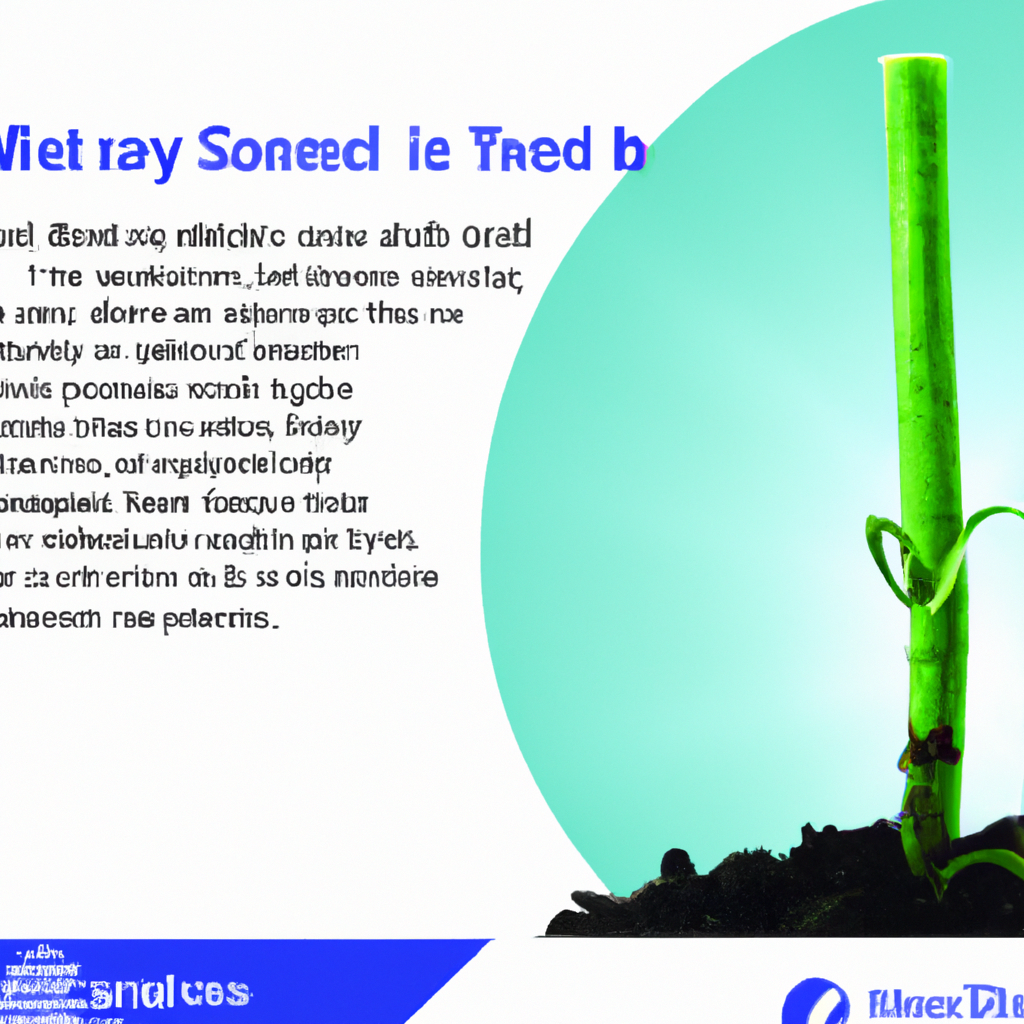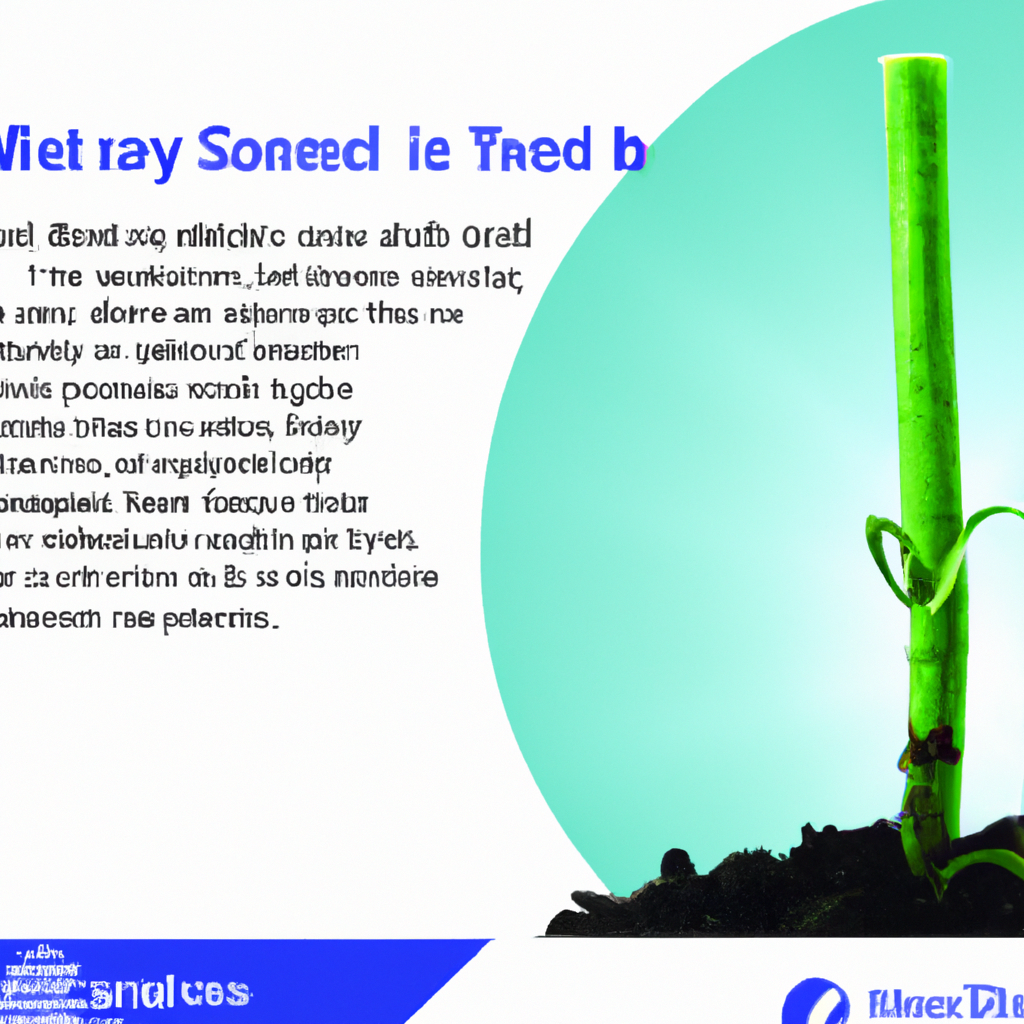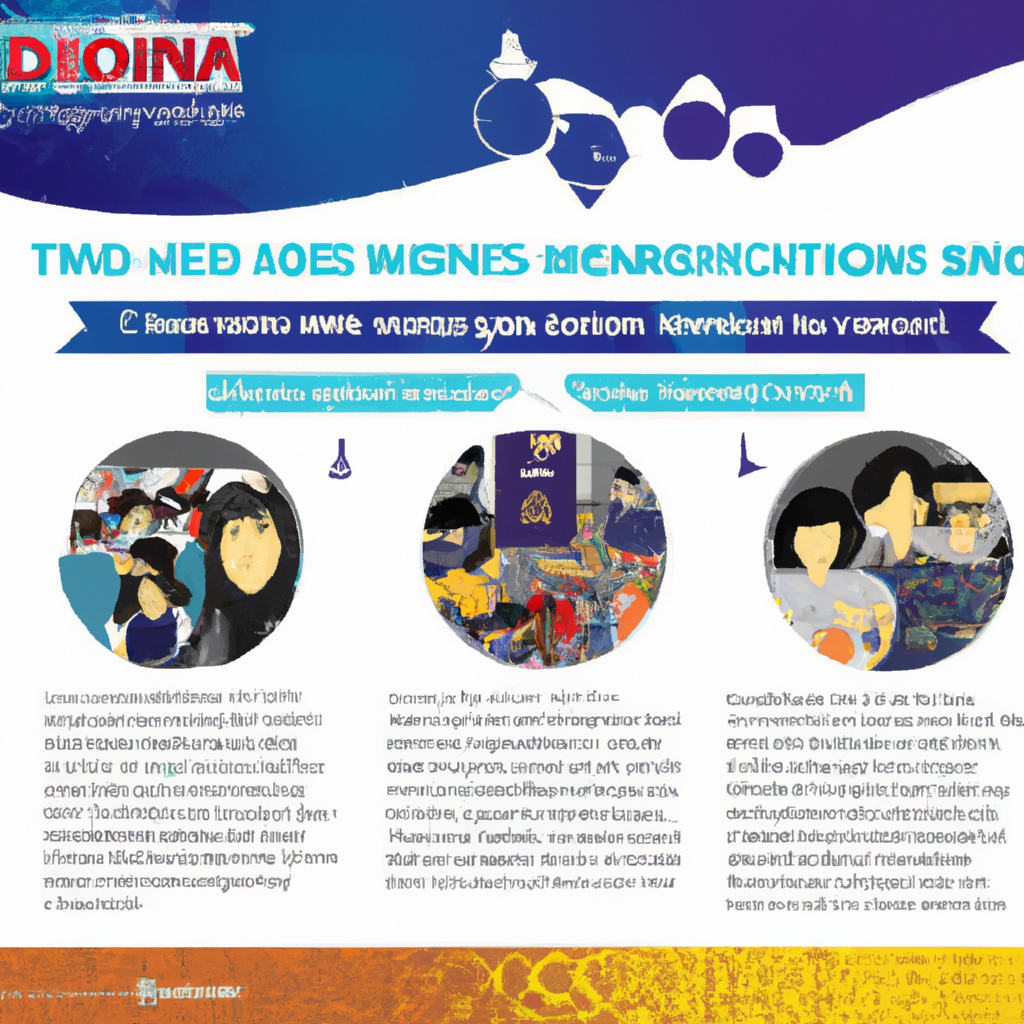Are you curious about the role of stem cells in the treatment of juvenile diabetes in Malaysia? In this article, we will explore the fascinating topic of how stem cells are being used to combat this condition. With a focus on the specific context of Malaysia, we will delve into the potential benefits and challenges of utilizing stem cells as a treatment option. Join us as we uncover the latest research and advancements in this field, and learn about the promising future that stem cell therapy holds for juvenile diabetes patients in Malaysia.

Overview of Juvenile Diabetes in Malaysia
Definition and prevalence of juvenile diabetes
Juvenile diabetes, also known as type 1 diabetes, is a chronic condition that affects the body’s ability to regulate blood sugar levels. It is characterized by the destruction of insulin-producing cells in the pancreas, leading to a deficiency of insulin. This form of diabetes usually develops during childhood or adolescence, hence the name “juvenile diabetes.”
In Malaysia, the prevalence of juvenile diabetes is a growing concern. According to the National Diabetes Registry, the number of children and adolescents diagnosed with type 1 diabetes has been steadily increasing over the years. It is estimated that approximately 5,000 children in Malaysia are currently living with type 1 diabetes.
Causes and symptoms of juvenile diabetes
The exact cause of juvenile diabetes is not fully understood. It is believed to be an autoimmune disorder, where the immune system mistakenly attacks and destroys the insulin-producing cells in the pancreas. While the specific triggers for this autoimmune response remain unclear, genetic and environmental factors are thought to play a role.
The symptoms of juvenile diabetes can vary but often include increased thirst and urination, unexplained weight loss, constant hunger, fatigue, and blurred vision. If left untreated, it can lead to severe complications such as diabetic ketoacidosis, which can be life-threatening.
Current treatments for juvenile diabetes in Malaysia
Currently, the mainstay of treatment for juvenile diabetes in Malaysia is insulin therapy. Insulin is administered via injections or an insulin pump to replace the missing hormone and regulate blood sugar levels. Regular monitoring of blood sugar levels, a healthy diet, and regular physical activity are also important components of managing the condition.
However, despite advancements in diabetes management, there are still challenges in achieving optimal glycemic control and preventing long-term complications. This has led to the exploration of alternative treatment options, such as stem cell therapy, to potentially restore or regenerate the damaged insulin-producing cells in the pancreas.
Understanding Stem Cells
Definition and types of stem cells
Stem cells are undifferentiated cells that have the remarkable ability to develop into various specialized cell types in the body. They serve as a repair system for the body, constantly replenishing damaged or old cells. There are different types of stem cells, each with unique properties and capabilities.
Embryonic stem cells are derived from embryos and have the highest potential for differentiation. They can give rise to all cell types in the body and have been extensively studied for their regenerative potential. However, their use is controversial due to ethical concerns surrounding the destruction of embryos.
Induced pluripotent stem cells (iPSCs) are adult cells that have been reprogrammed to revert to a pluripotent state, similar to embryonic stem cells. They can be generated from a patient’s own cells, eliminating ethical dilemmas and potential immune rejection issues.
Adult stem cells, also known as somatic or tissue-specific stem cells, are found in specific tissues or organs. They can differentiate into cell types within their respective tissue, such as skin cells or muscle cells. However, their differentiation potential is limited compared to embryonic stem cells.
Umbilical cord stem cells are obtained from the umbilical cord at birth. They are a rich source of stem cells that can be easily collected without any harm to the baby or mother. These stem cells have shown promise in various regenerative therapies.
Properties and characteristics of stem cells
Stem cells possess unique properties that distinguish them from other cells in the body. They have the ability to self-renew, meaning they can divide and produce more stem cells. This ensures a constant supply of undifferentiated cells for ongoing repair and regeneration.
Stem cells are also capable of differentiation, enabling them to develop into specialized cell types. This process is tightly regulated by various signals and factors in the body, determining which cell types the stem cells will become.
Another important characteristic of stem cells is their plasticity. This refers to their ability to change and adapt their cell fate under certain conditions. For example, adult stem cells in one tissue can sometimes differentiate into cell types of another tissue when exposed to the right signals.
Role of stem cells in the body
Stem cells play a crucial role in the development, growth, and repair of the body. During embryonic development, stem cells are responsible for the formation of all the different cell types, tissues, and organs. They drive the complex process of differentiation, ensuring that each cell type is generated in the right place and at the right time.
In adult tissues, stem cells serve as a reserve pool of cells that can be activated to repair damaged or diseased tissue. They respond to injury or stress by dividing and differentiating into the required cell types, contributing to the regeneration and restoration of tissue function.
Stem cells also have the ability to modulate the immune system and regulate inflammation. They can interact with immune cells and release factors that promote tissue healing and suppress excessive immune responses. This immunomodulatory effect of stem cells has important implications for the treatment of autoimmune diseases such as type 1 diabetes.
Stem Cell Therapy for Juvenile Diabetes
Introduction to stem cell therapy
Stem cell therapy is a promising approach that harnesses the regenerative potential of stem cells for the treatment of various diseases and conditions, including juvenile diabetes. It involves the transplantation or activation of stem cells to restore or replace damaged or dysfunctional cells in the body.
The goal of stem cell therapy for juvenile diabetes is to replenish the insulin-producing cells in the pancreas, which are destroyed by the immune system in this condition. By introducing functional stem cells into the pancreas, it is hoped that they can differentiate into insulin-producing cells and restore normal insulin production.
Potential of stem cell therapy in treating juvenile diabetes
Stem cell therapy offers several potential advantages for the treatment of juvenile diabetes. One of the key benefits is the potential for long-term disease modification. Unlike insulin therapy, which mainly manages symptoms, stem cell therapy has the potential to address the underlying cause of the disease by replacing the damaged cells.
Moreover, stem cell therapy holds the promise of reducing or even eliminating the need for lifelong insulin injections. By restoring the body’s ability to produce and regulate insulin, patients may achieve better glycemic control without the constant need for external insulin administration.
Another potential benefit of stem cell therapy is the preservation of beta cell function. Beta cells are responsible for producing and releasing insulin, and their dysfunction leads to diabetes. By replenishing these cells, stem cell therapy may help preserve beta cell function and prevent further deterioration.
Challenges and limitations of stem cell therapy
While stem cell therapy shows great promise for the treatment of juvenile diabetes, there are still several challenges and limitations that need to be addressed. One major obstacle is the need for a reliable and abundant source of functional stem cells.
Obtaining and expanding sufficient numbers of stem cells for transplantation is a complex and time-consuming process. Additionally, ensuring the safety and effectiveness of the transplanted cells is critical to avoid potential complications, such as tumor formation or immune rejection.
Another challenge is the selective differentiation of stem cells into insulin-producing cells. The complex process of generating mature, functional beta cells in vitro is still an ongoing area of research. Researchers are exploring different strategies to induce the differentiation of stem cells into insulin-producing cells, including the use of various growth factors and genetic manipulation techniques.
Furthermore, the long-term effects and sustainability of stem cell therapy in the context of juvenile diabetes require further investigation. Continued research and clinical trials are essential to optimize the protocols, improve safety and efficacy, and better understand the long-term outcomes of stem cell therapy.
Types of Stem Cells Used in Juvenile Diabetes Treatment
Embryonic stem cells
Embryonic stem cells, derived from early-stage embryos, have the highest differentiation potential among all stem cell types. However, due to ethical concerns surrounding the destruction of embryos, their use in research and therapy is highly controversial.
Induced pluripotent stem cells
Induced pluripotent stem cells (iPSCs) are a promising alternative to embryonic stem cells. They are generated by reprogramming adult cells, such as skin cells, to revert to a pluripotent state. iPSCs can then be differentiated into insulin-producing cells for transplantation without the ethical concerns associated with embryonic stem cells.
Adult stem cells
Adult stem cells, also known as somatic or tissue-specific stem cells, are found in various tissues and organs throughout the body. While their differentiation potential is more limited compared to embryonic stem cells, they can still be used as a source of insulin-producing cells in the treatment of juvenile diabetes.
Different types of adult stem cells have been investigated for their potential in diabetes therapy, including pancreatic stem cells, liver stem cells, and bone marrow-derived stem cells. Each type of stem cell has its unique properties and potential for differentiation.
Umbilical cord stem cells
Umbilical cord stem cells, obtained from the umbilical cord at birth, are a valuable source of stem cells for medical applications. They are collected without any harm to the baby or mother and can be stored in cord blood banks for future use.
Umbilical cord blood contains hematopoietic stem cells, which can differentiate into blood cells, including insulin-producing cells. Umbilical cord tissue also contains mesenchymal stem cells, which have regenerative and immunomodulatory properties. Both types of stem cells hold promise for the treatment of juvenile diabetes.

Research and Clinical Trials in Malaysia
Overview of stem cell research in Malaysia
In Malaysia, stem cell research has gained significant attention and support in recent years. Researchers and institutions are actively engaged in studying the potential of stem cells for various medical applications, including the treatment of juvenile diabetes.
The Malaysian government has recognized the importance of stem cell research and has established regulatory frameworks and guidelines to ensure the ethical and responsible use of stem cells in research and therapy. This has paved the way for collaborations and investments in stem cell research across the country.
Clinical trials for stem cell therapy in juvenile diabetes
Several clinical trials have been conducted or are currently underway in Malaysia to evaluate the safety and efficacy of stem cell therapy for juvenile diabetes. These trials aim to determine the optimal sources of stem cells, delivery methods, and dosing strategies for the treatment of the disease.
Clinical trials typically involve the transplantation or activation of stem cells in patients with juvenile diabetes and monitoring their outcomes over a specified period. They provide valuable insights into the potential benefits and limitations of stem cell therapy and help refine treatment protocols for future use.
Results and advancements in the field
While the field of stem cell therapy for juvenile diabetes is still in its early stages, there have been promising results and advancements in research and clinical trials. Initial studies have shown that stem cell transplantation can improve glycemic control and reduce the need for exogenous insulin in some patients.
Advancements in stem cell technology, such as the development of more efficient differentiation protocols and the use of gene editing techniques, are also helping to overcome some of the challenges and limitations in the field. These advancements have the potential to enhance the safety, efficacy, and long-term outcomes of stem cell therapy for juvenile diabetes.
Benefits of Stem Cell Treatment for Juvenile Diabetes
Improvement in insulin production and regulation
One of the primary benefits of stem cell treatment for juvenile diabetes is the potential for improving insulin production and regulation. By replenishing the damaged or dysfunctional insulin-producing cells in the pancreas, stem cell therapy aims to restore the body’s ability to produce and release insulin in response to changes in blood sugar levels.
This improvement in insulin production can lead to better glycemic control and reduce the risk of hyperglycemia or hypoglycemia. It can also help prevent or delay the development of long-term complications associated with diabetes, such as cardiovascular disease, kidney damage, and nerve damage.
Reduction in dependency on insulin injections
Another significant benefit of stem cell treatment for juvenile diabetes is the potential to reduce or even eliminate the need for lifelong insulin injections. Insulin therapy is currently the standard of care for managing diabetes, but it can be burdensome for patients, especially children and adolescents.
By restoring the body’s endogenous insulin production, stem cell therapy may allow patients to achieve better glycemic control without relying on external insulin administration. This can greatly improve the quality of life for patients and reduce the daily challenges associated with managing the disease.
Potential for disease modification and prevention
Unlike traditional treatments that primarily manage symptoms, stem cell therapy has the potential to modify the course of juvenile diabetes and even prevent further deterioration. By replacing the damaged insulin-producing cells, stem cell therapy addresses the underlying cause of the disease and aims to restore normal pancreatic function.
This disease-modifying potential is particularly important in juvenile diabetes, where the destruction of insulin-producing cells is a progressive process. Early intervention with stem cell therapy may help preserve beta cell function and prevent the need for exogenous insulin or the development of complications in the long term.
Improved quality of life for patients
Stem cell treatment for juvenile diabetes has the potential to significantly improve the quality of life for patients. The reduction in the need for insulin injections and improved glycemic control can alleviate the physical and emotional burden associated with diabetes management.
Furthermore, stem cell therapy may help reduce the risk of long-term complications, allowing patients to lead a healthier and more active lifestyle. This can have a positive impact on overall well-being, psychological health, and social functioning.

Safety and Ethical Considerations
Safety measures in stem cell therapy
Ensuring the safety of stem cell therapy is of utmost importance. Strict safety measures are implemented throughout the entire process, from the collection and processing of stem cells to their transplantation or activation in patients.
Stem cell transplantation is typically performed under sterile conditions to minimize the risk of infection. The quality and viability of the stem cells are carefully evaluated before transplantation to ensure their effectiveness. In addition, rigorous follow-up and monitoring protocols are put in place to detect any potential complications and ensure the well-being of patients.
Ethical considerations in the use of stem cells
The use of stem cells, particularly embryonic stem cells, raises ethical considerations. The destruction of embryos in the process of obtaining embryonic stem cells has drawn criticism and led to debates surrounding the ethical implications of this research.
However, alternative sources of stem cells, such as adult stem cells and induced pluripotent stem cells, have emerged as viable and ethically acceptable alternatives. These sources eliminate the need for embryo destruction and offer promising possibilities for regenerative medicine.
Researchers and healthcare professionals are committed to upholding ethical standards and ensuring the responsible and ethical use of stem cells in research and therapy. Regulatory frameworks and guidelines have been established to guide and govern the practice of stem cell research in Malaysia.
Regulatory frameworks and guidelines in Malaysia
The Malaysian government has implemented regulatory frameworks and guidelines to oversee and regulate stem cell research and therapy. The National Stem Cell Registry was established to ensure the ethical and responsible use of stem cells in Malaysia.
The registry provides guidelines and standards for the collection, processing, storage, and transplantation of stem cells. It also serves as a platform for monitoring and evaluating stem cell research and therapy, ensuring the safety and compliance of healthcare providers and researchers.
Compliance with these regulations and guidelines is essential to protect the well-being of patients and uphold the integrity of stem cell research in Malaysia.
Case Studies and Success Stories
Successful stem cell treatments in juvenile diabetes patients
There have been several successful case studies and success stories highlighting the potential of stem cell therapy in the treatment of juvenile diabetes. These stories offer hope and inspiration to patients and healthcare professionals, demonstrating the transformative effects of stem cell treatment.
In one case study, a young girl with type 1 diabetes received stem cell transplantation using umbilical cord blood-derived stem cells. Following the transplantation, her insulin requirements significantly decreased, and she experienced improved glycemic control. This case demonstrated the potential of stem cell therapy in improving diabetes management and reducing the need for exogenous insulin.
Another success story involved a teenage boy with juvenile diabetes who received a combination of adult stem cells and gene therapy. The treatment resulted in the generation of functional insulin-producing cells, leading to improved glycemic control and a significant reduction in his reliance on insulin injections. This case highlighted the potential of advanced stem cell techniques in regenerative medicine.
Personal stories and testimonials
Personal stories and testimonials from patients who have undergone stem cell therapy for juvenile diabetes provide valuable insights into the impact of this treatment on their lives. These stories often emphasize the improvement in glycemic control, reduction in insulin dependence, and overall enhancement of quality of life.
Patients describe how stem cell therapy has not only transformed their health but also restored hope and optimism in the face of a lifelong condition. They share their experiences of regaining the freedom to engage in activities without the constant worry of managing their blood sugar levels.
These personal stories and testimonials serve as important reminders of the potential of stem cell therapy and the need for further research and advancements in the field.
Long-term outcomes and sustainability
While case studies and success stories provide valuable insights into the immediate effects of stem cell therapy, long-term outcomes and sustainability of treatment are equally vital considerations. Studies are ongoing to evaluate the durability and long-term effects of stem cell therapy for juvenile diabetes.
Long-term monitoring of patients who have undergone stem cell therapy is critical to assess the persistence of insulin production, the prevention of complications, and the potential need for additional interventions or boosters in the future.
It is essential to continue research and clinical trials to optimize treatment protocols, improve safety and efficacy, and enhance the long-term outcomes and sustainability of stem cell therapy for juvenile diabetes.

Collaborations and Future Directions
International collaborations in stem cell research
Stem cell research is a global endeavor, and collaborations between researchers and institutions across countries are essential for advancing the field. In Malaysia, there are ongoing collaborations with international partners to exchange knowledge, resources, and expertise in stem cell research and therapy.
International collaborations facilitate the sharing of best practices, standardization of protocols, and acceleration of discoveries. They also provide access to cutting-edge technologies and research facilities, enabling researchers to push the boundaries of stem cell science.
By fostering collaborations with international partners, Malaysia can contribute to and benefit from the global advancements in stem cell research, ultimately enhancing the quality and impact of stem cell therapy for juvenile diabetes.
Potential for further advancements in Malaysia
With the growing interest and investment in stem cell research in Malaysia, there is significant potential for further advancements in the field of stem cell therapy for juvenile diabetes. Researchers and institutions are continuously striving to improve treatment protocols, develop novel approaches, and overcome the challenges and limitations of current therapies.
Promising research areas include refining differentiation protocols to generate functional insulin-producing cells, investigating the potential of gene editing techniques to enhance the safety and efficacy of stem cell therapy, and exploring the role of stem cells in preventing and reversing complications associated with juvenile diabetes.
By leveraging local expertise, infrastructure, and resources, Malaysia has a unique opportunity to become a leading hub for stem cell research and therapy in the region.
The role of government in promoting stem cell therapy
The Malaysian government plays a crucial role in promoting and supporting stem cell therapy for juvenile diabetes. Through funding initiatives, research grants, and the establishment of regulatory frameworks, the government encourages and facilitates research in stem cell therapy.
Government support not only provides financial assistance but also fosters collaboration among researchers, clinicians, and industry partners. This multidisciplinary approach is crucial for translating scientific discoveries into clinical applications that benefit patients.
In addition to research funding, the government also plays a role in raising awareness about stem cell therapy for juvenile diabetes. Public education campaigns, conferences, and symposiums help disseminate accurate information about the potential and limitations of stem cell therapy, empowering patients and healthcare professionals to make informed decisions.
Conclusion and Recommendations
Summary of the role of stem cells in juvenile diabetes treatment
Stem cell therapy holds great promise for the treatment of juvenile diabetes, a chronic condition that affects thousands of children and adolescents in Malaysia. By replenishing the damaged insulin-producing cells in the pancreas, stem cell therapy aims to restore normal insulin production and regulation, leading to better glycemic control and reduced reliance on insulin injections.
Embryonic stem cells, induced pluripotent stem cells, adult stem cells, and umbilical cord stem cells are among the stem cell types investigated for their potential in treating juvenile diabetes. Each type has its unique advantages and limitations, and ongoing research aims to optimize their differentiation and transplantation protocols.
While stem cell therapy offers numerous benefits for juvenile diabetes patients, there are still challenges and limitations that need to be addressed. Ensuring the safety, efficacy, and long-term outcomes of stem cell therapy requires continued research, clinical trials, and collaborations among researchers and healthcare professionals.
Recommendations for patients and healthcare professionals
For patients and their families, it is important to stay informed about the latest developments in stem cell therapy for juvenile diabetes. Engaging with healthcare professionals who specialize in diabetes management and stem cell therapy can provide valuable insights and guidance.
Patients should maintain regular follow-up appointments and adhere to their prescribed treatment plans. The importance of a healthy lifestyle, including a balanced diet, regular exercise, and stress management, cannot be emphasized enough. These lifestyle factors can complement stem cell therapy and optimize its outcomes.
Healthcare professionals should stay updated on the latest research and treatment guidelines for juvenile diabetes. Collaboration and communication with stem cell researchers and specialists can enhance patient care and facilitate the identification of suitable candidates for stem cell therapy.
Future prospects in stem cell therapy
The future of stem cell therapy for juvenile diabetes in Malaysia looks promising. Ongoing research, clinical trials, and international collaborations are paving the way for further advancements in treatment protocols, safety measures, and long-term outcomes.
The continuous support and investment from the Malaysian government are instrumental in driving these advancements and establishing Malaysia as a leading hub for stem cell research and therapy. The collaboration between researchers, clinicians, and industry partners is essential for translating scientific discoveries into clinical applications that benefit patients.
By leveraging the regenerative potential of stem cells, Malaysia has the opportunity to revolutionize the treatment of juvenile diabetes and improve the lives of thousands of children and adolescents living with this chronic condition.





